Light and shadow are powerful tools in photography, capable of transforming an ordinary scene into a compelling narrative. By understanding how to manipulate light and shadow, you can add depth, mood, and emotion to your images, making your stories more vivid and impactful. Here’s how you can effectively use these elements to tell stronger photographic stories, with insights from seasoned photographers who excel in this craft.
Understanding the Role of Light in Storytelling
Creating Mood with Light
Soft, Diffused Light: Soft light, such as that found during the golden hour or on overcast days, tends to create a calm, serene atmosphere. It’s ideal for portraits and scenes where you want to convey warmth and intimacy.
Harsh, Direct Light: On the other hand, direct sunlight or artificial light can introduce strong contrasts and deep shadows, adding drama or tension to your scene. This is particularly effective in urban photography or when you want to highlight the intensity of a moment.
Directing the Viewer’s Attention
Highlighting the Subject: Use light to draw attention to your main subject. For instance, positioning your subject in a beam of sunlight, or under a spotlight in an otherwise dark scene, naturally guides the viewer’s eye to the intended focal point.
Controlling Shadows: Shadows can help define shapes, create patterns, and add a layer of complexity to your image. By controlling the direction and intensity of shadows, you can emphasize certain aspects of your story while downplaying others.
Mastering Shadows in Photography
Shadows as Narrative Elements
Creating Depth: Shadows can add a sense of depth and dimension to your photos, making them feel more three-dimensional. This can enhance the realism of your image and draw the viewer further into the scene.
Symbolism in Shadows: Shadows can also be used symbolically to represent hidden aspects, tension, or duality. For example, the shadow of a person can sometimes be more telling than the person themselves, hinting at something ominous or mysterious.
Balancing Light and Shadow
The Dance of Light and Dark: Successful storytelling with light and shadow requires a balance between the two. Too much light can wash out your image, while too much shadow can obscure important details. Experiment with different lighting setups to find the right balance for your narrative.
Using Negative Space: Shadows often create negative space, which can be used to isolate your subject and focus the viewer’s attention. This technique is particularly useful in minimalist compositions where simplicity is key.
Techniques for Effective Light and Shadow Storytelling
Side Lighting for Drama: Side lighting casts long shadows and emphasizes texture, making it ideal for creating dramatic, moody images. It’s often used in portrait photography to add depth to the subject’s face and convey emotion.
Backlighting for Atmosphere: Backlighting, where the light source is behind the subject, can create silhouettes or halo effects that add a sense of mystery or ethereal quality to your images. This technique works well in outdoor photography during sunrise or sunset.
Low-Key Lighting for Intensity: Low-key lighting involves using minimal light to illuminate only specific parts of your subject, leaving the rest in deep shadow. This technique is often used in film noir and other genres that require a moody, intense atmosphere.
High-Key Lighting for Softness: High-key lighting, in contrast, uses bright, even lighting to minimize shadows and create a light, airy feel. This is often used in fashion and product photography to convey a sense of cleanliness and simplicity.
Practical Tips for Working with Light and Shadow
Plan Your Lighting: Before you start shooting, consider how the available light can be used to enhance your story. Scout your location at different times of day to see how natural light interacts with the environment.
Experiment with Angles: The angle of light can drastically change the mood of your photo. Don’t be afraid to move around and experiment with different lighting angles to see how they affect your scene.
Use Reflectors and Diffusers: To control light more effectively, consider using reflectors to bounce light onto your subject or diffusers to soften harsh shadows. These tools can help you achieve the desired lighting effect without relying solely on natural light.
Pay Attention to Post-Processing: In post-production, you can further manipulate light and shadow to refine your story. Adjusting exposure, contrast, and highlights can help you bring out the details that matter most.
Light and shadow are more than just technical aspects of photography—they are fundamental elements of storytelling. By mastering the use of light and shadow, you can create images that are not only visually striking but also rich in narrative and emotion. Whether you’re shooting a dramatic portrait, a serene landscape, or an intense street scene, understanding how to manipulate light and shadow will elevate your photography and bring your stories to life.
Not on 500px yet? Click here to learn about Licensing with 500px.

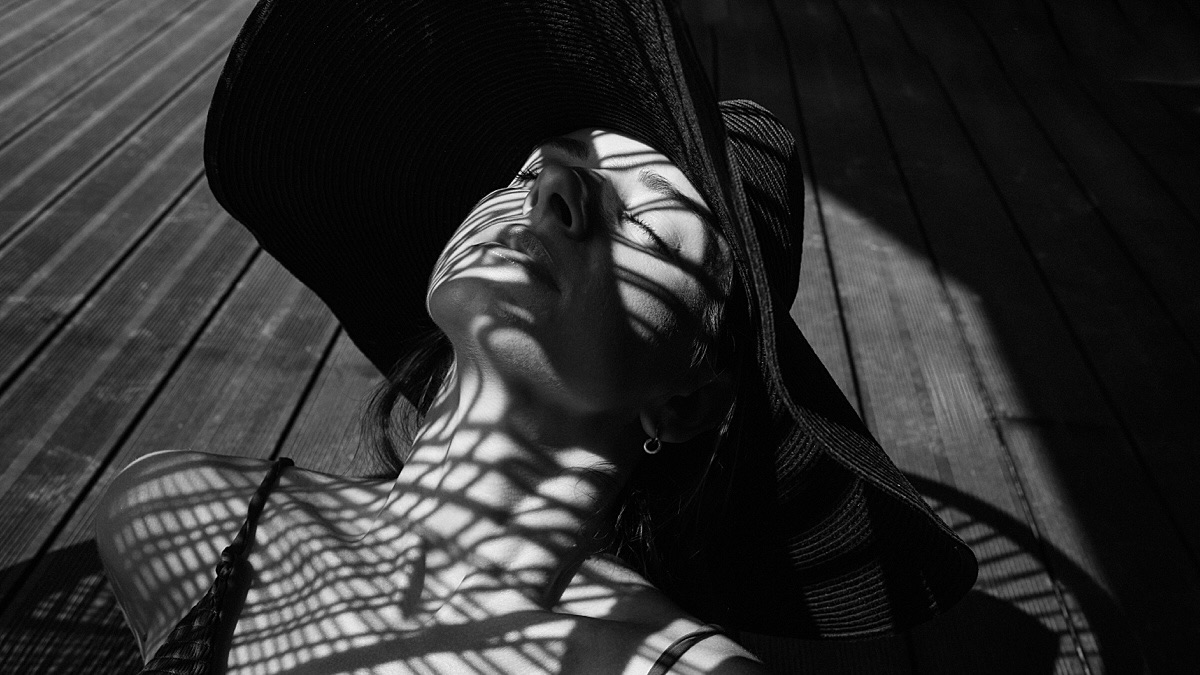
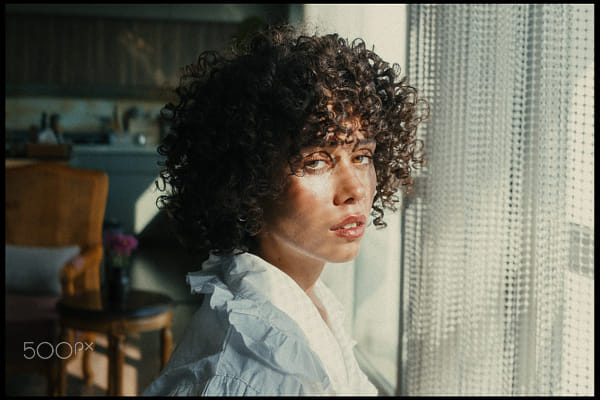
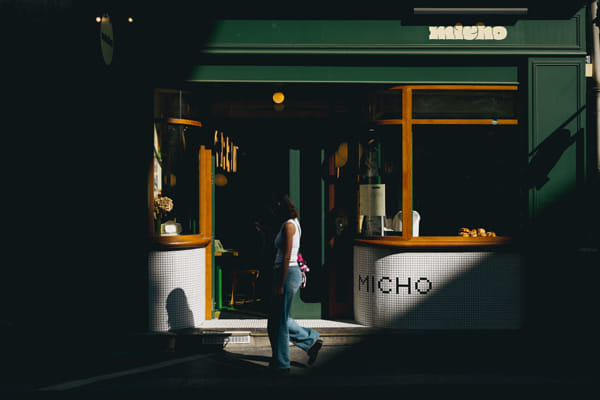


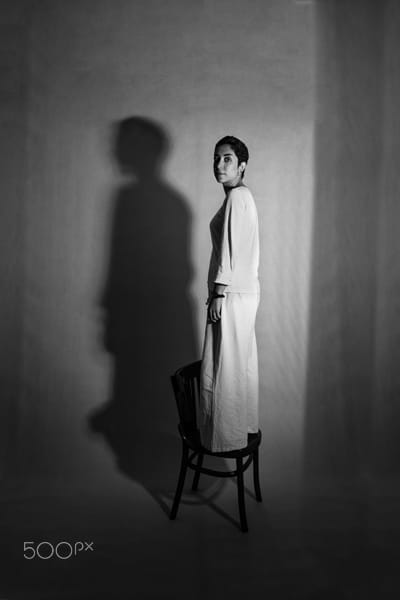



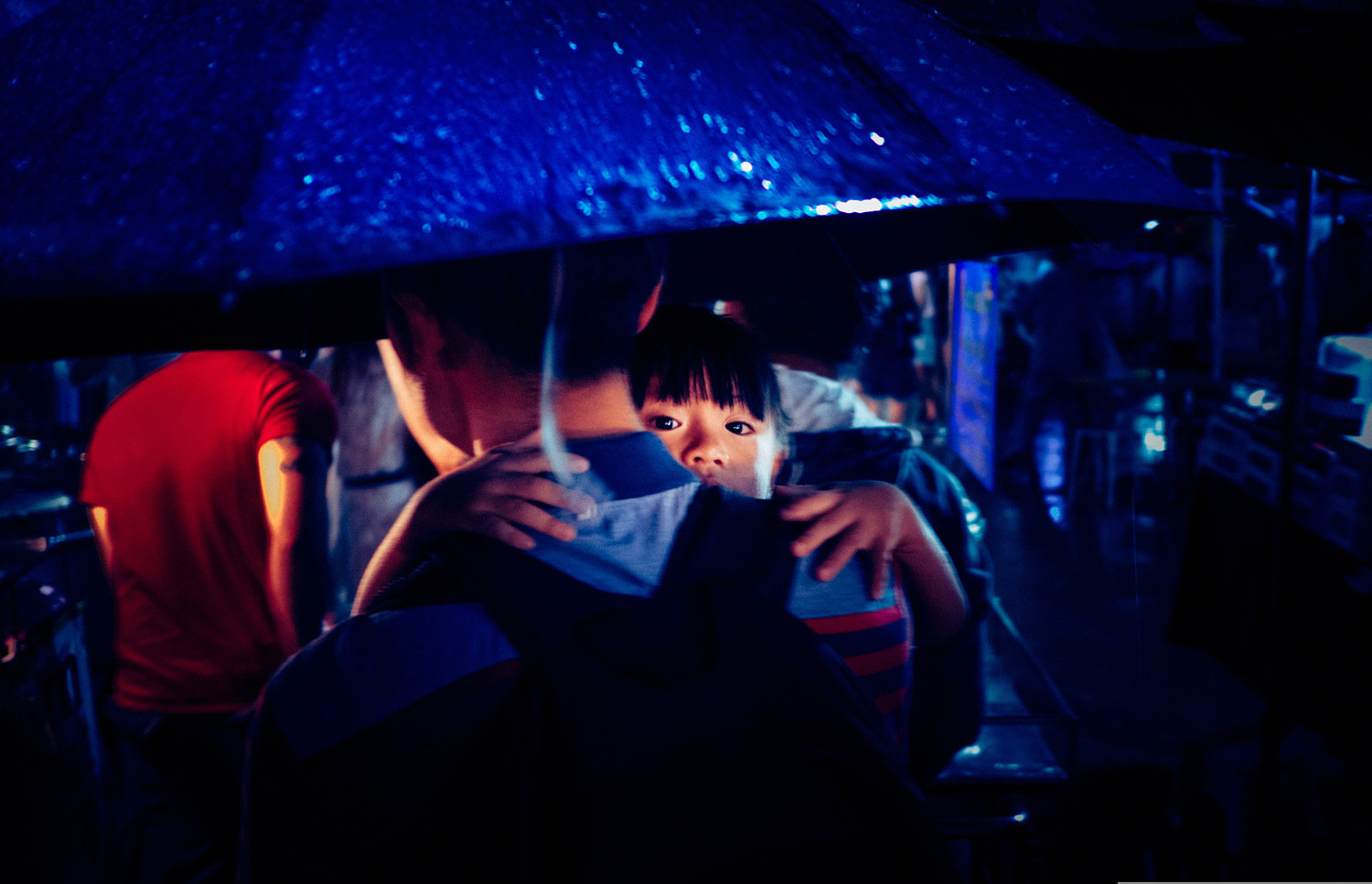
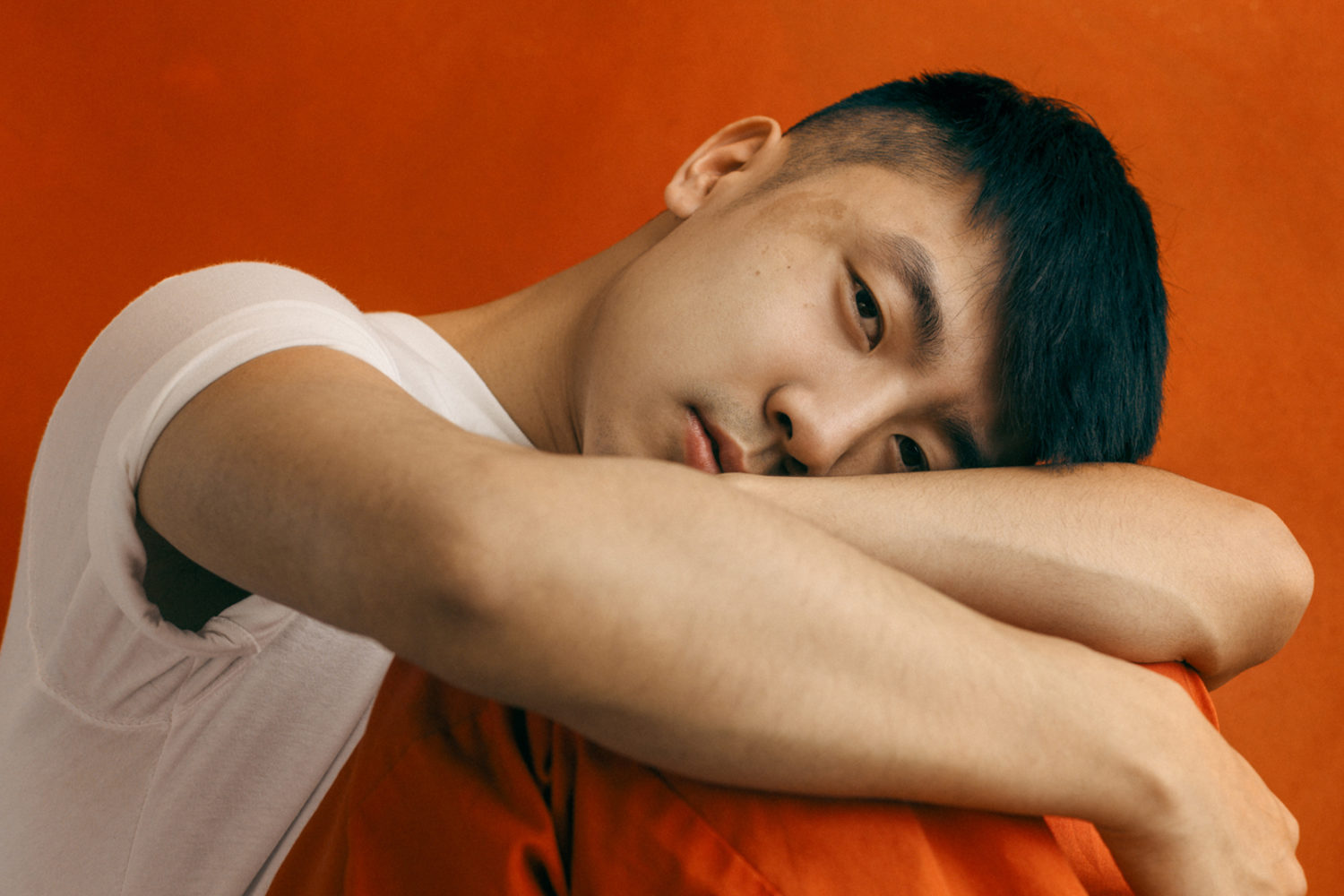
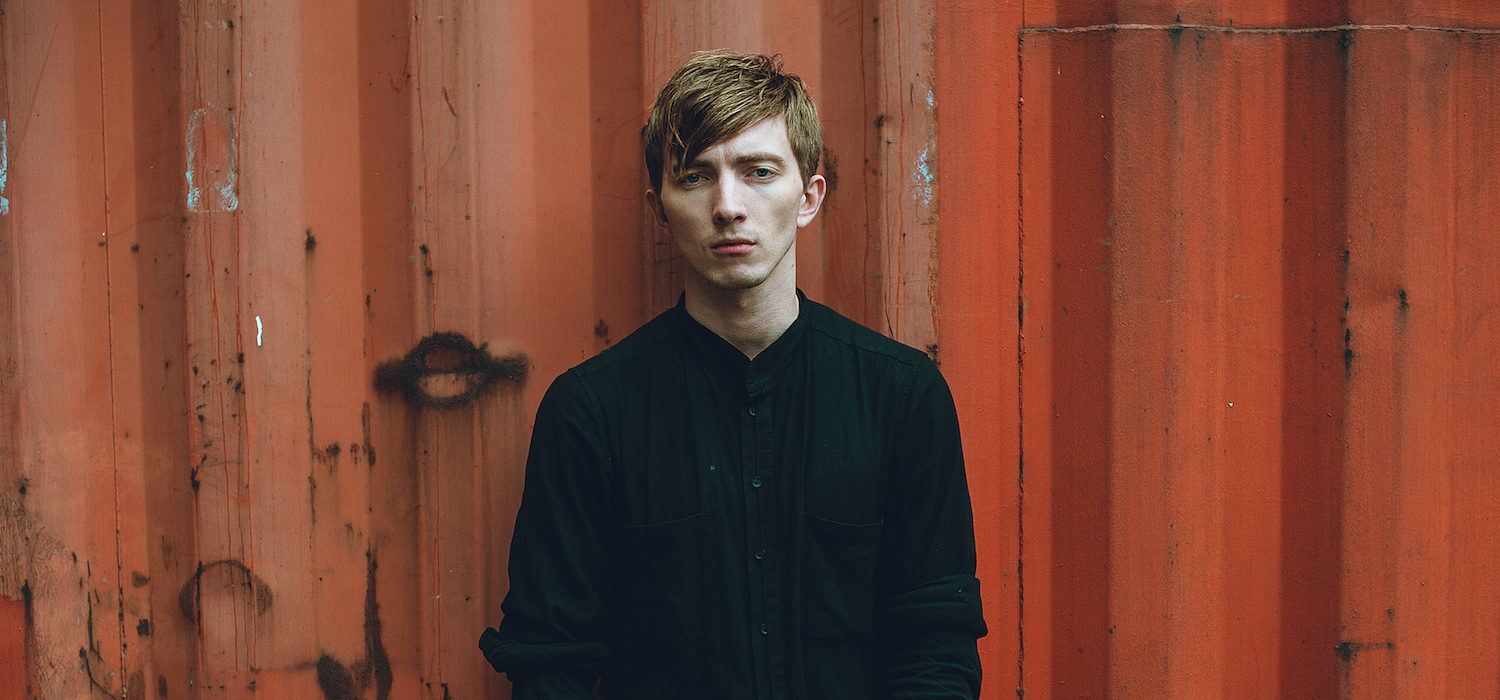
Leave a reply